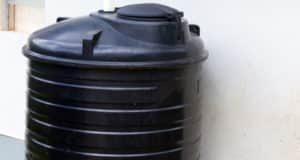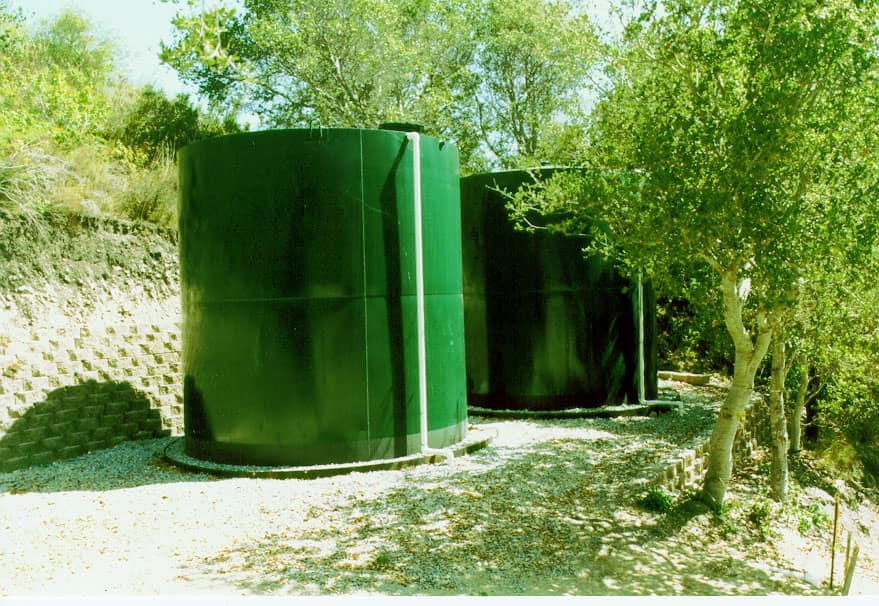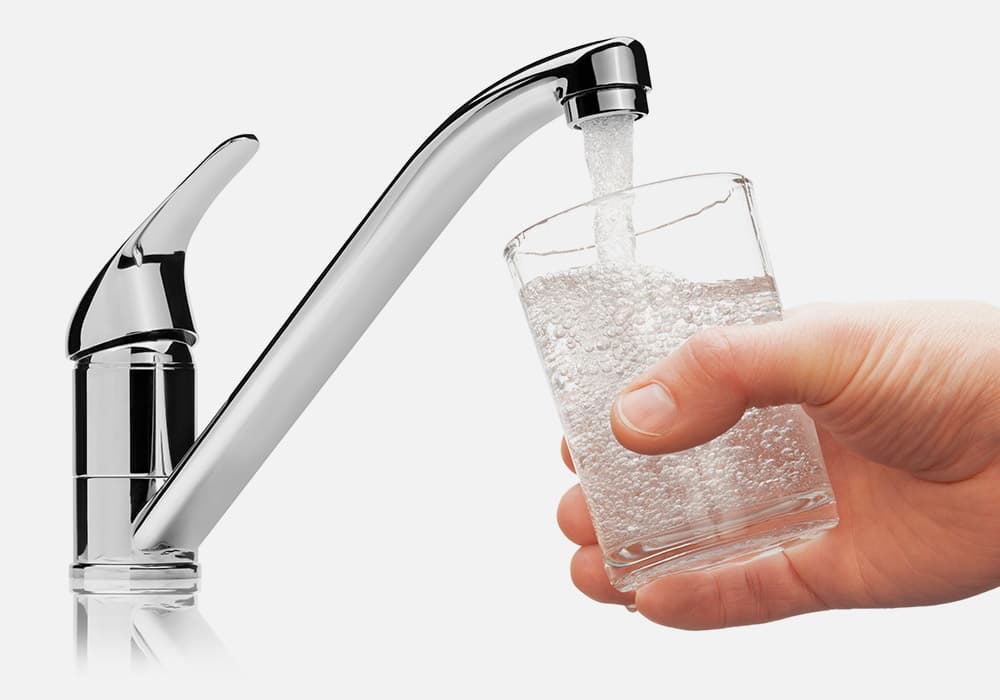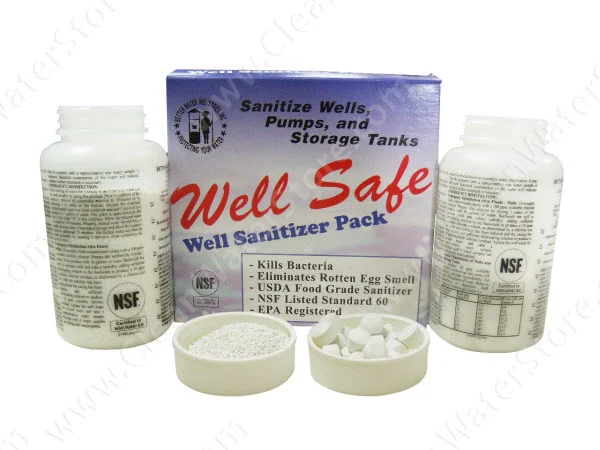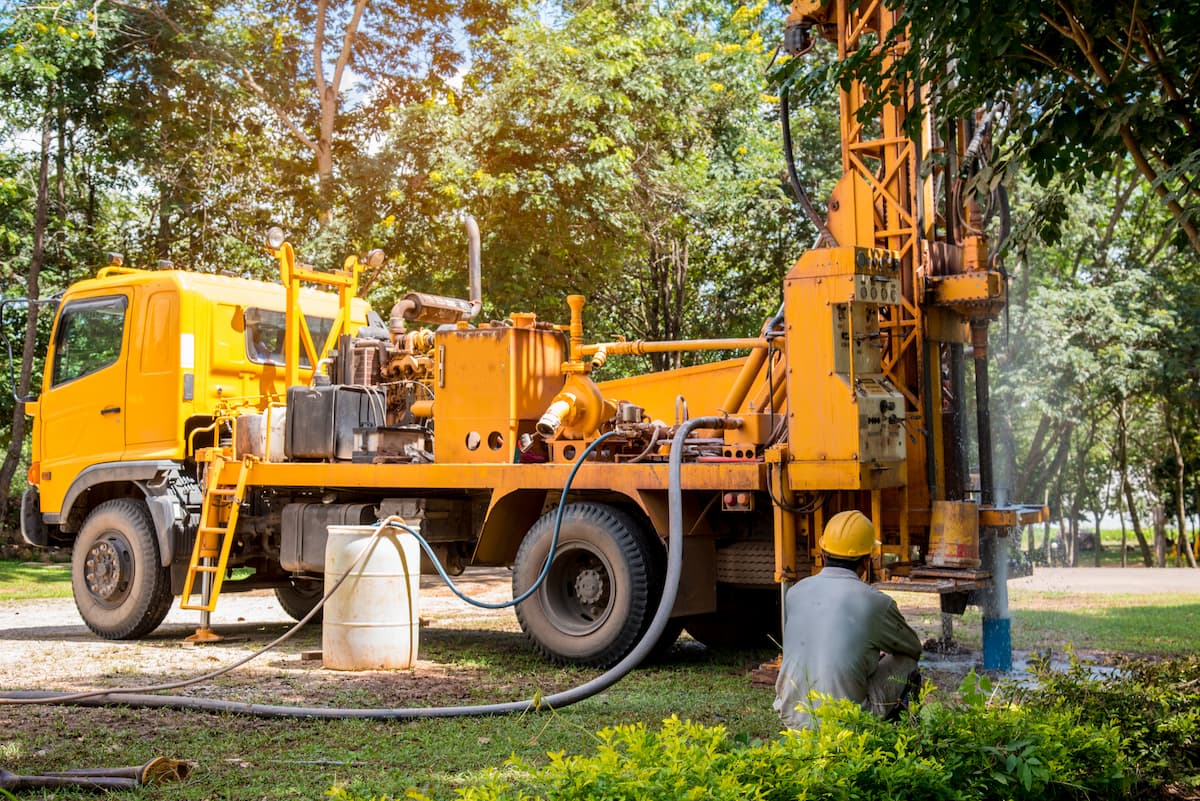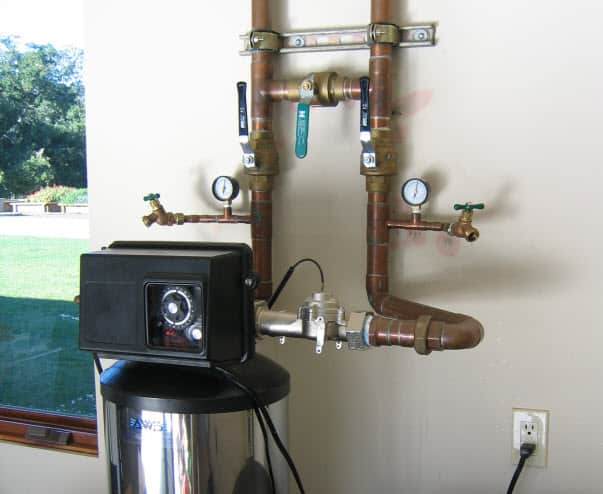How Much Chlorine Should Be Added to a Storage Tank to Kill Bacteria?
How Much Chlorine Should Be Added to Kill Bacteria in Storage Tanks?
If you’ve been using well water for a long time or have read this blog frequently, you already know that chlorine is one of the most effective disinfectants.
It’s low-cost, safe, and fairly easy to manage in water systems, making it the go-to for homeowners and municipal water districts alike. It’s not just effective in water: chlorine can also be used to disinfect surfaces, pipes, and storage tanks in your home treatment system. But how much chlorine is enough? More importantly, how much is too much?
Today, we’ll review the steps for sanitizing and disinfecting storage tanks and how to determine the amount of chlorine necessary for your application.
- Clean the storage tank or reservoir. Remove debris and scrub the hose off any dirt or other deposits on interior surfaces. If possible, pump to remove any suspended solids or foreign matter in the water.
- Scrub the interior surfaces of the storage tank/reservoir with a strong chlorine solution containing 1/2 gallon household bleach or 1/4 gallon pool chlorine for every 5 gallons of water.
- Inspect the storage tank for cracks or leaks around the lid, vents, or manway. Properly screen any vents and tightly seal the lid to ensure no insects, rodents, or debris can enter the tank during normal operation.
- Use the charts below to add the right amount of chlorine bleach to your tank and bring the chlorine residual to the desired level.
- If you have time, bring the chlorine levels in your tank to 5 or 10 ppm and let it sit for 12 hours or more. If a thorough disinfection is needed, but time is short, use a 50 or 100 ppm residual and let it sit for 2 – 6 hours. This method, known as shock chlorination, involves achieving high chlorine concentrations. Be sure to drain and flush your tank when using these higher chlorine levels, and avoid draining to septic tanks or into surface water such as creeks, rivers, or lakes.
- Be careful if you have a steel storage tank, as it can corrode over time and develop leaks after being sanitized with chlorine.
- If your well is a low producer, consider having water trucked in. It’s often cheaper and will prevent stress on your well by refilling the holding tank.
For the maintenance of your tank, consider cleaning and sanitizing at least once per year.
Preparing the Storage Tank
Before you begin the sanitization process, it is crucial to prepare your storage tank properly. Start by physically cleaning the tank to remove debris, sediment buildup, or other contaminants. This can be done by hosing out the tank and scraping off any stubborn deposits. For tougher stains, a wire brush can be very effective. Additionally, inspect the tank for any cracks, leaks, or other damage that could compromise the disinfection process. Ensuring your tank is clean and intact will make the chlorine treatment more effective.
Choosing the Right Chlorine Solution
Selecting the right chlorine solution is key to effectively sanitizing your storage tank. Household bleach is a common and effective disinfectant, but choosing a bleach specifically designed for water treatment is important. Opt for a non-scented, NSF-approved household bleach with a concentration of 5.25% chlorine. Avoid bleaches with additives or fragrances, as these can contaminate your water. Using the right type of bleach ensures that your water remains safe and clean.
Determining the Correct Chlorine Concentration
Getting the chlorine concentration right is critical for effective disinfection. A chlorine concentration between 1 and 2 parts per million (ppm) is recommended for most storage tanks. However, the exact concentration needed can vary based on the size of your tank, the type of water being treated, and other factors. Consulting with a water treatment professional can help you determine the precise chlorine concentration required for your specific situation. This ensures that your storage tank is properly sanitized without overdoing it.
Sanitizing the Storage Tank
Once you’ve prepared your tank and chosen the right chlorine solution, it’s time to sanitize. Add the chlorine solution to the tank at the recommended concentration. Mix the solution thoroughly with the water in the tank to ensure even distribution of the chlorine. Allow the tank to stand for at least 30 minutes to let the chlorine disinfect the water. After the treatment period, flush the tank to remove any residual chlorine. This step is crucial to ensure that the water is safe for use.
Post-Treatment Precautions
After sanitizing your storage tank, it is important to take a few post-treatment precautions to ensure the water is safe for human consumption. First, thoroughly flush the tank to remove any residual chlorine. Next, test the water for free chlorine residual to ensure it is within the recommended range. Regularly inspect the tank to ensure it remains clean and free of contaminants. By following these steps, you can maintain a safe and efficient water storage system.
We hope this information helps you achieve clean, disinfected tanks and an efficient, sanitary whole-house water filtration system.
If you have any related questions or comments, e-mail us at support@cleanwaterstore.com, leave us a comment/message on Facebook, or use our online contact form. We’re here to help!
Also, Read Our How-To Guide: How Much Chlorine To Add to Storage Tanks to Kill Bacteria
Frequently Asked Questions (FAQs)
1. How often should I sanitize my water storage tank?
We recommend cleaning and sanitizing your storage tank at least once a year. If you notice odor, sediment buildup, or bacteria in your water, sanitizing more frequently is a good idea. After chlorination, ensure the water is drained into the distribution system to manage water quality for safe consumption.
2. What kind of chlorine should I use for disinfecting my storage tank?
Household bleach (5–6% sodium hypochlorite) works well for most home systems. Pool chlorine can also be used but should be diluted carefully. Always refer to the chart for the correct dosage. Regularly inspect and disinfect your water tank to maintain its integrity and prevent contamination.
3. Can I use too much chlorine in my tank?
Yes—too much chlorine can corrode pipes, damage components, and leave an unpleasant taste or smell. Based on your disinfection goals, stick to the recommended parts per million (PPM) levels.
4. Is chlorine safe to use in drinking water systems?
When used in the correct dosage and flushed properly after disinfection, chlorine is safe and approved for use in potable water systems by the EPA and CDC.
5. What if I don’t want to use chlorine?
There are alternative methods like hydrogen peroxide or ozone injection, but chlorine remains one of the most accessible and affordable options for well water treatment and storage tank disinfection.

